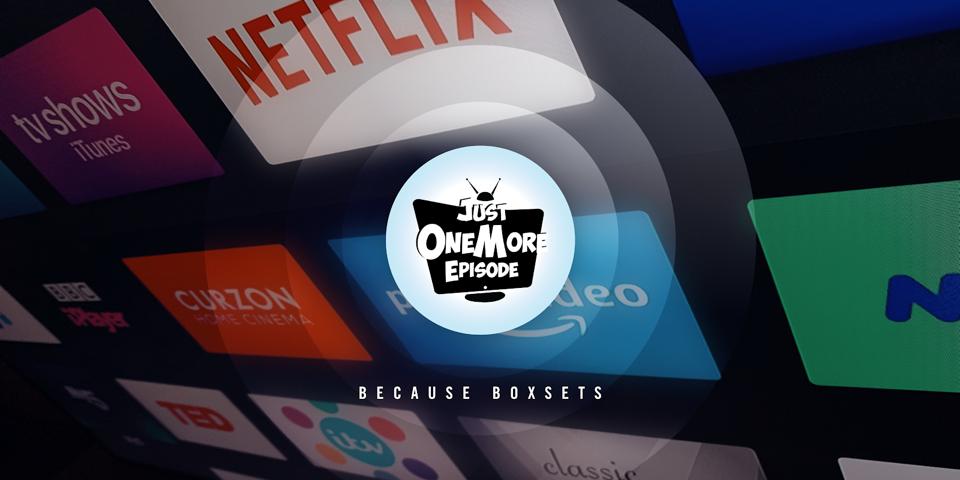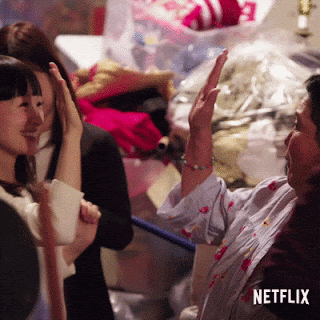The assassin at the heart of Killing Eve is Villanelle. Her background and training in order to break
into the industry, as the series uncovers, were both bleak. I think I’m guilty of preferring my
Cub-Scouting childhood in suburban Surrey over Soviet prisons and brutalisation. But maybe I have the character traits. Villanelle is known for her dark sense of
humour, takes almost nothing that seriously and takes time to be playful with
every task she undertakes. This could be
me all over. I’ve talked of my need for silliness
in my post on Miranda, so maybe Villanelle
and I could be work BFFs (especially as most of mine have left me over the
years). But, according to Phoebe Waller-Bridge,
human goddess and creator of Fleabag, who
adapted Killing Eve from the Codename Villanelle
novella series, our hero assassin’s genesis lies in the ethos “What would you
do if you weren’t afraid?” So that rules
me out. Now older, my fear of my own
mortality shocks me every time I cross a busy road, and if someone barges in
front of me on the Tube, I spend the rest of the day obsessing about it.
But maybe all the foreign travel would be a boon. Villanelle jets around Europe as only someone
who’s smugly parted with £4.99 for Speedy Boarding really can. Her multilingualism knows no bounds (though
her Mandarin needs work). Does that mean
I’m a shoe-in? Again, doubt besets
me. Any travelling I undertake with work
is met with groaning and a mad panic about saving my M&S receipts for all
my train treats in order to expense a week’s worth of high-value cashew
nuts. I don’t even like the journey to
the office (see previous comment about Tube barging repercussions). As for languages, I might have paid off the
£24k of debt my French and German degree cost me, but I could barely compose an
email to a colleague in our Hamburg office because it went beyond the GCSE fare
of telling someone how many brothers and sister I have (eine Schwester) but I
have at least brain-retained all the four-digit codes you need to make the
diacritics appear (the little dots and such you can have on a ü) so it wasn’t a
complete waste of money.
Finally, there’s the actual killing of humans. On purpose.
In person. Villanelle feels
nothing with each life she extinguishes, cashing her pay to return to the lap
of luxury her beautiful apartment and fridge full of Champagne offer her. I just don’t think I could do it. I once ran over a squirrel when learning to
drive and it took years for that horrific crunch of tiny bones to stop haunting
me. I then cycled over a toad near a
beach in Germany, struggling to steer my bike (one of those European jobbies
where you have to pedal backwards to break), and unlocked a whole new spiral of
shame. I would be really good at
quipping witty remarks after a spot of fisticuffs, but squeezing the trigger
while my victim begged for mercy would see my annual appraisals at the assassin
company descend into performance management.
Success as a contract killer, then, must be fairly binary.
Right, I’ll stick to media as a career, with an unpopular
blog as my side hustle. Instead, Killing
Eve can be a window into another job I’m never going to do, just like Line Of Duty is into being a bent copper or Narcos is into, er, being a narco. Besides, Villanelle is pretty good at it,
just as Jodie Comer is
pretty good at acting. And by pretty
good, I mean outstanding. I completely
buy her as a confused, psychopathic girl who just doesn’t want to be lonely anymore. And then there’s this Eve that she’s trying
to kill, played by Sandra Oh. I’ve never seen Grey’s
Anatomy so my only real exposure to her has been a Family
Guy joke about the size of her face.
So yeah, she has a lot of face, and a lot of hair, but she can have as
much of anything as she likes, because she’s wonderful: the perfect vehicle for
our burning curiosity in solving the mysteries of Villanelle. Oh calls bullsh*t, has a voice I can’t get
enough of (a bit like Sarah
Koenig from the podcast Serial) and delivers
excruciating British awkwardness like no other American – watching her microwave
shepherd’s pie and serve it out of Tupperware is a delight. And third in our trinity of strong women is poise
herself: Fiona Shaw. As Eve’s MI6 boss, Shaw relishes every moment
where she gets to steal the best line.
Which is all of the moments. Also,
special mention for the addition of David Haig as Bill, who,
thanks to his role in The Thin
Blue Line in 1995 I keep expecting to erupt about people fannying about.
So, watch Killing Eve.
It is murderous joy, with moments of darkness so unnecessary you’d
expect it to disappear up its own arse.
But you’d be wrong, as it’s been Waller-Bridged. We have humour throughout, with characters as
equally capable of tracking an assassin across Europe as they are of squabbling
over sharing croissants. A bassline of
banality allows its farfetchedness to seem more plausible, while the tension
and the action will glue you to seat with the affirmation that you’re going to
watch just one more episode (sure). For
me, it falls down as a prospectus for careers in assassination, but maybe
series two, now airing in the US, will finally do the trick and persuade
me. You have been warned.


























